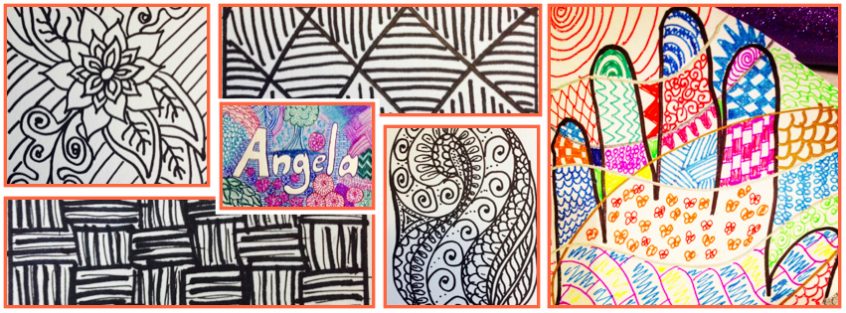Deep psychological work can be achieved with the use of expressive therapies such as art therapy. For example drawing a picture with pastels or painting a symbol with paint is all about communicating feelings and experiences in a non-verbal way (Dalley, 1984). Through this creative medium a person can express themselves consciously and unconsciously. The person, or client, is then able to explore these drawings or paintings with the therapist facilitating the process. As Cathy Malchiodi says, “Art therapy asks you to explore your inner experience – your feelings, perceptions, and imagination” (Malchiodi, 2007).
Carl Jung believed that symbols and images help us access the unconscious mind and make it conscious, and that healing comes through exploring these images (Edwards, 2004). This making the unconscious conscious is often a surprise to both the therapist and the client. I once had a client who, when I asked her to draw something that needed attention or in need of repair, she drew a pot plant that had been neglected and was dried out and almost dead. She went into great detail in her drawing. When she was finished I held it up for her to look at and asked her to tell me about this plant. As she looked at it from this different perspective she realised this drawing was all about her friend. She then went on to share all about the situation with this friend and how she had neglected their relationship and it was dried out like this plant.
This matter with her friend would not necessarily have come up in talk therapy alone, it was the drawing of the image, and then looking at the image that accessed and revealed what was in her unconscious. I believe in art therapy the therapist is not the interpreter of the art work, but rather the therapist comes alongside the client and together they look at the image from different perspectives and discuss what they are seeing in the image (Rubin, 2001). I am intentional in reflecting the content of the art work and clarifying my understanding of it with the client, and I appreciate the benefit of seeing in these art works what my client is feeling and thinking in addition to the usual verbal communication (Malchiodi, 2003).
Neuroscience has added to the proof that art therapy is beneficial for clients and has shown that the creative activities in therapy help the client to be able to emotionally self regulate and self soothe more easily (Cohen, 2008). Recently I explored the self soothing effects of doodle art with clients and it proved to be a most useful tool in relaxation and also in moment to moment awareness.
References
Dalley, T. (1984). Art as Therapy: An introduction to the use of art as a therapeutic technique. London: Tavistock Publications.
Edwards, D., (2004). ‘Historical Background to Art Therapy’, in Art Therapy, London: Sage.
Hass-Cohen, N., & Carr, R. (2008). Art therapy and clinical neuroscience. London: Jessica Kingsley.
Malchiodi, C. A. (2003). Handbook of Art Therapy. New York: Guilford Press.
Malchiodi, C. A. (2007). The art therapy sourcebook. New York: McGraw-Hill.
Rubin, J. A. (2001). Approaches to art therapy: Theory and technique. Philadelphia: Brunner-Routledge.
Share this Post

